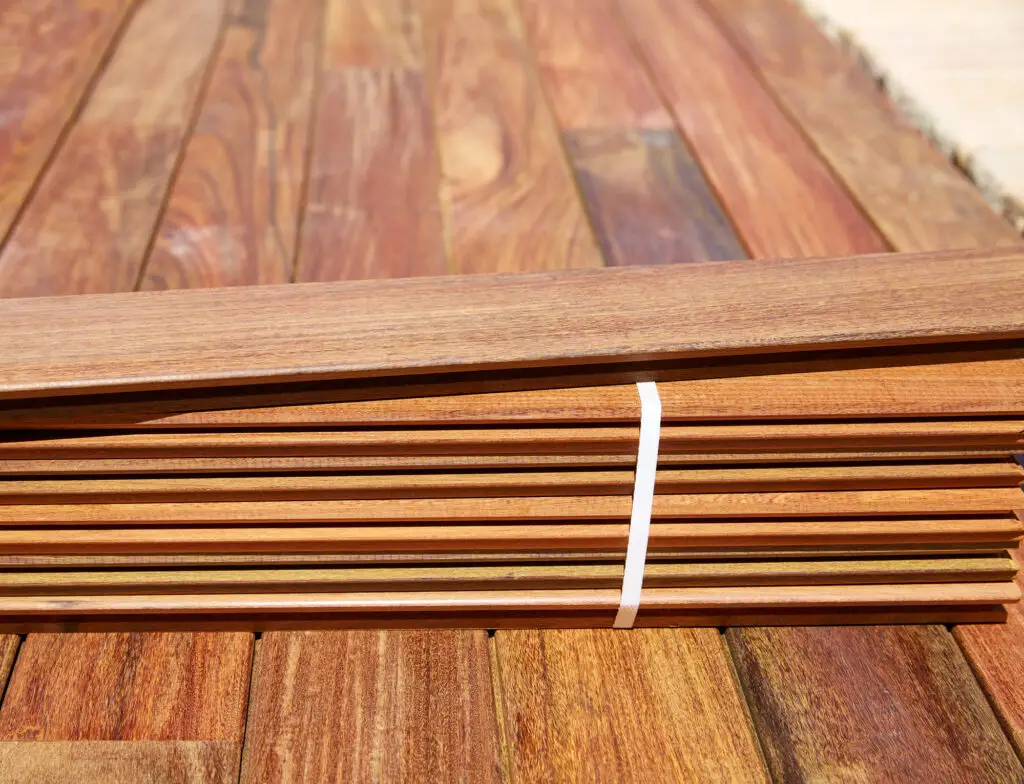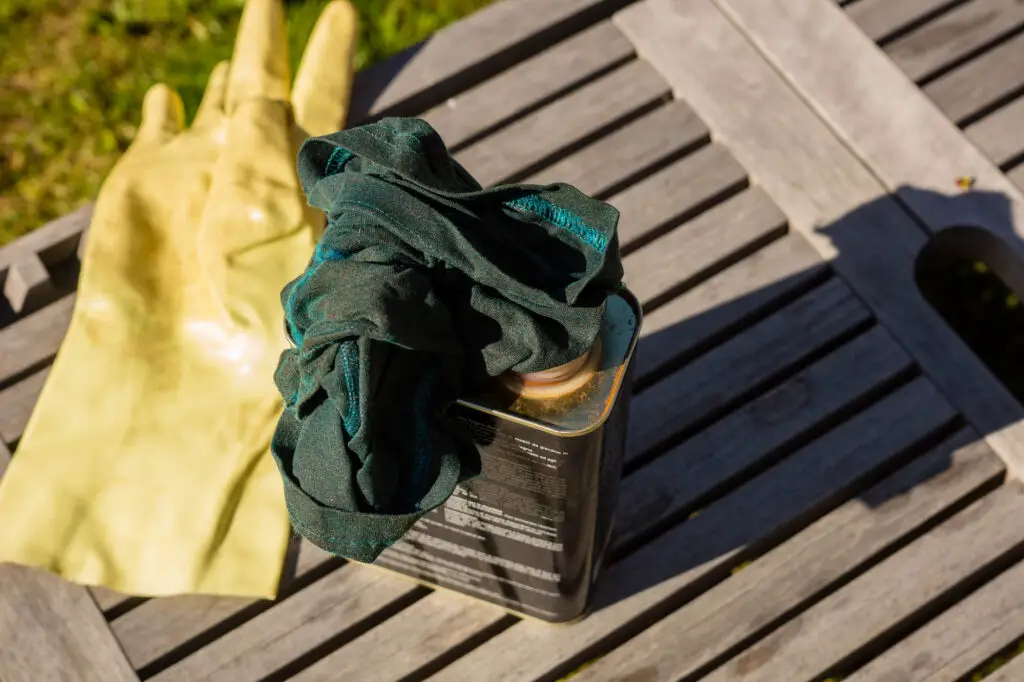When it comes to woodworking, laser engraving is a popular method used by many to give the final product a personalized and unique design.
However, regardless of any extra engraving touches you add to your work piece, it is best to add some sort of finish to give it that lovely shine while adding protection against indoor conditions and outdoor elements.
With that in mind, we’ll be going over the various finishes that you can apply to wood that has been engraved with a laser!
For those who would like a quick answer, we also have that right here for you! Most finishes are ok to use with laser cut or engraving wood. Some people may want to finish the wood before engraving or cutting which can be done if you use a water-based stain. Other finishes react with the laser, leaving unwanted blemishes or giving off toxic fumes, and should be used after engraving.
What Wood is Best for Laser Engraving?
A wood must possess various factors and properties to be deemed one of the best for laser engravings. These properties include:
- Resin Content. The level of resin or sap within the wood determines the color of the engraving. The workpiece will burn darker with a higher resin level and lighter with a lower one. Doing test runs on the wood scraps from your workpiece is a great way to test the color signature of the engraving.
- Minimal Streaking. While streaks may look great on unmodified wooden furniture and pieces, this can take away from an engraved piece. Choosing a smooth wood with a solid color signature will make it great for the engraving to stand out.
- Wood color. It is generally best to choose a lighter wood, allowing the engravings to stand out more rather than take away from it.
When keeping these various factors in mind, several kinds of wood meet all of the criteria. These are:
- Alder
- Cherry
- Maple
Can You Laser Engrave Stained Wood?
Yes, you can laser engrave stained wood.
However, it should be noted that this can only be done with water-based stains. If you use petroleum-based stains, you will need to wait until it has thoroughly dried before engraving it with the laser.
This drying process allows the flammable part of the stain to evaporate, lowering any chance of catching fire when the laser hits it during the engraving process.
Should I Stain the Wood Before Laser Engraving?
It is truly up to you whether or not you stain your workpiece before engraving. If you do choose to stain, you should follow the steps outlined below.
First, ensure that the surfaces are smooth and sanded down. This is important because it lays the foundation for everything else that is added to the wood. Next, you should stain and clear coat your wood before engraving it.
If you choose to apply a finish before you engrave the wood, whatever you engrave will be slightly lighter. However, if you decide to use the finish after engraving, engraving will show up darker and be more visible.
While you can choose when to stain the wood, the only difference you’ll see is the transparency of the engraving’s design making this an aesthetic choice.
How to Finish Laser Cut Wood?
The best way to finish laser-cut wood is by applying the same finish to the grooves as the one you had used beforehand.
Additionally, you can also apply paint into the engravings to help them stand out even more on the wood!
You can add whatever you’d like over the finished laser cut, but at the very least, you should recoat the wood with the clear coating you initially applied.
How to Seal Laser Engraved Wood?
Similarly to finishing laser engraved wood, you can apply the seal over the wood once it has been engraved.
Ensure that the laser engraved wood is clean and that the seal coats the entire surface evenly, including the grooves engraved into the wood. Additionally, it is best to make sure that the seal has thoroughly dried before using the engraved piece or hanging it on the wall.
What are Some Good Finishes for Laser-Engraved Wood?
There are quite a few options when it comes to finishes for laser-engraved wood. Some of the most commonly used are:
- Ready Seal 512 Wood Sealer. This finish offers streak-free lush finishes with eight different available color signatures available to choose from.
- Tung Oil. Tung Oil creates a moisture-resistant layer that protects the wood against liquids ranging from waters to acids while retaining a rich finish. It should be noted, however, that its drying process does take longer than the other types of finishes.
- ANCHORSEAL 2 Green Wood Sealant. This is a non-toxic, water-based, and affordable sealer that has a simple and precise finish. It is a no frills sealant that protects the workpiece without changing the appearance of the wood very much.

